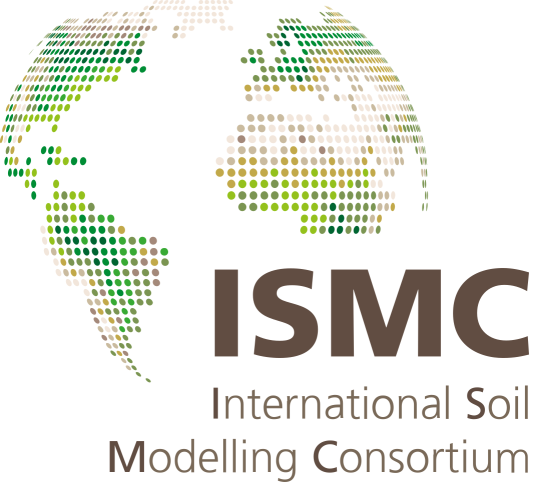Global Mapping of Soil Saturated Hydraulic Conductivity Combining Legacy Data, Spatial Covariates and Machine Learning
- 1Department of Environmental Systems Science, ETH Zurich, Zurich, Switzerland
- 2OpenGeoHub foundation, Wageningen, the Netherlands
- 3EnvirometriX, Wageningen, the Netherlands
- 4Institute for Sustainable Resources, Bartlett School of Environment, Energy and Resources, University College London,London, UK
- 5Soil Physics and Land Management Group, Wageningen University, Wageningen, The Netherlands
- 6Division of Hydrologic Sciences, Desert Research Institute, Reno, NV, USA
Saturated soil hydraulic conductivity (Ksat) is a key parameter in many hydrological and climatic modeling applications, as it controls the partitioning between precipitation, infiltration and runoff. Values of Ksat are often deduced from Pedotransfer Functions (PTFs) using maps of soil attributes. To circumvent inherent limitations of present PTFs (heavy reliance of arable land measurements, ignoring soil structure, and geographic bias to temperate regions), we propose a new global Ksat map at 1–km resolution by harnessing technological advances in machine learning and availability of remotely sensed surrogate information (terrain, climate and vegetation). We compiled a comprehensive Ksat data set with 13,258 data geo-referenced points from literature and other sources. The data were standardized and quality-checked in order to provide a global database of soil saturated hydraulic conductivity (SoilKsatDB). The SoilKsatDB was then applied to develop a Covariate-based GeoTransfer Function (CoGTF) model for predicting spatially distributed Ksat values using remotely sensed information on various environmental covariates. The model accuracy assessment based on spatial cross-validation shows a concordance correlation coefficient (CCC) of 0.16 and a root meansquare error (RMSE) of 1.18 for log10 Ksat values in cm/day (CCC=0.79 and RMSE=0.72 for non spatial cross-validation). The generated maps of Ksat represent spatial patterns of soil formation processes more distinctly than previous global maps of Ksat based on soil texture information and bulk density. The validation indicates that Ksat could be modeled without bias using CoGTFs that harness spatially distributed surface and climate attributes, compared to soil information based PTFs. The relatively poor performance of all models in the validation (low CCC and high RMSE) highlights the need for the collection of additional Ksat values to train the model for regions with sparse data.
How to cite: Gupta, S., Lehmann, P., Papritz, A., Hengl, T., Bonetti, S., and Or, D.: Global Mapping of Soil Saturated Hydraulic Conductivity Combining Legacy Data, Spatial Covariates and Machine Learning, 3rd ISMC Conference ─ Advances in Modeling Soil Systems, online, 18–22 May 2021, ISMC2021-90, https://doi.org/10.5194/ismc2021-90, 2021.

